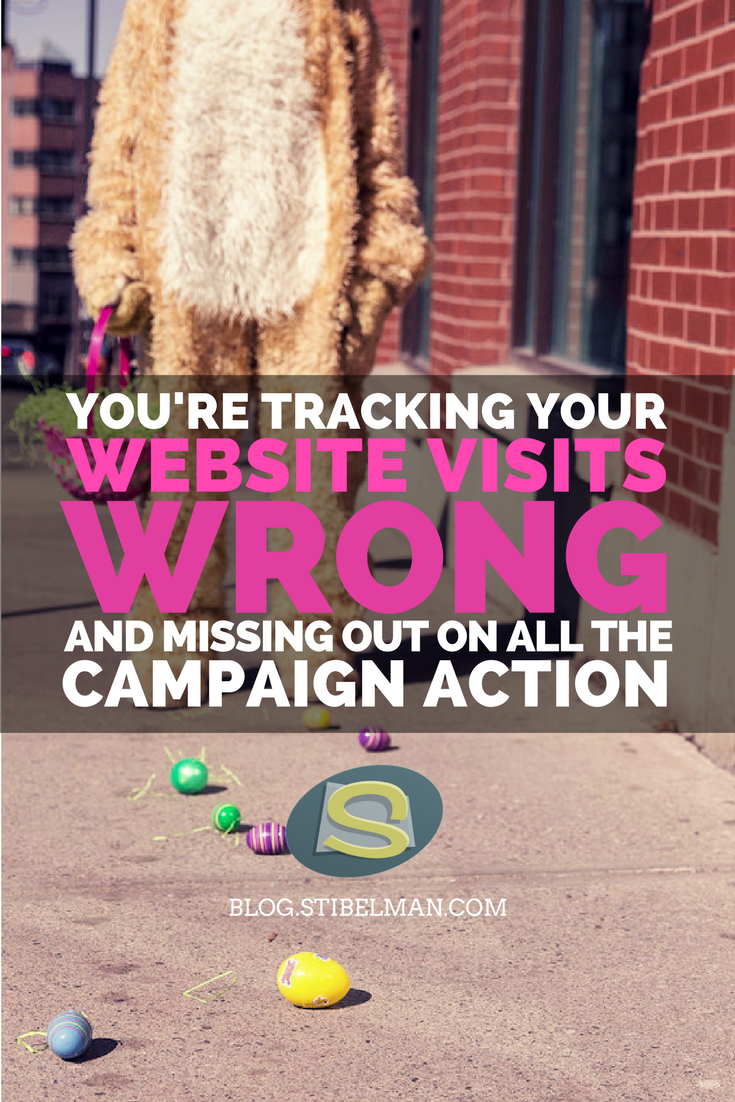2. Organic Search
Google, being mainly a search engine, will show you all the visits from search engines, yes, even Bing.
Doubt: What have the people searched for in order to find you? Have they heard about you before hand to make them look for you?
3. Paid Search
Every channel you’re creating a CPC campaign on will appear here. This means you see where you paid for people to find you.
Doubt: What was the ad about? What was the keyword you invested in for that specific click?
4. Display
At least Google gives us a different vision for clicks that come from visual ads. Which is already something, but…
Doubt: What type of ad was it, remarketing or a simple banner? What photo did you use? Who was it aimed at?
5. Referral
You paid someone to put a link to your landing page on his page, or they did it themselves because you earned it thanks to your amazing website content.
Doubt: Why have the people decided to click on his link?
6. Social
The big one. Yes, Google Analytics will separate each social media channel and show you each different type of platform variant (Mobile, main, linked, app, ecc…)
Doubt: Which post did they click on? Was it on your page? In a feed? In a group? Was it paid for? A Carousel or a video?
7. Email
You invest in a newsletter and create amazing material that makes people click on the links and read your articles or check out your offers.
Doubt: What was the offer? What was the article? Did you do an A/B test? Which one ended up bringing most visitors to convert?
8. (Other)
The Carmen Sandiego one. Here you’ll find all the other clicks that simply don’t match any of the other channels.
Doubt: Which part was ever clear?
How do we see what we DON’T see?
Luckily technology is on our side, as always, and giving the user a red pill to take with the posted URL will give us the truth behind the click.
The red pill is actually added info sent with the user as he visits, thanks to variables attached to the clicked link.
This method is called creating UTM links.
UTM links are made using a simple interface asking us to fill out a form and copy-pasting the resulting URL instead of the basic URL which we wanted to paste into the ad, the post, the email and so on.
This basically converts:
http://myonlineshop.com/springsale/landingpageInto:
http://myonlineshop.com/springsale/landingpage?utm_source=Google&utm_medium=CPC&utm_campaign=SpringSale17&utm_term=Flower%20Dress&utm_content=FlowerDress_MilanAreaReading the UTM link above we can learn that whoever clicked on this link:
- Saw an ad on Google Search
- It was a CPC campaign
- The campaign was called SpringSale17
- The keyword thanks to which the ad was seen was “Flower Dress”
- The specific Ad Group was aimed at searchers who live in Milan
All this info was added by us while creating the UTM link, and therefore it’s our choice how to call every element. Just remember to be clear and maintain a standard way of naming these elements.
Putting 2 + 2 together
All this info is gathered by Google Analytics and will be shown under the Acquisition > Campaigns report, where we can further filter, analyze, interpret and cross-reference information with other data.

4 thoughts on “You’re tracking your website visits wrong and missing out on all the campaign action!”
Comments are closed.